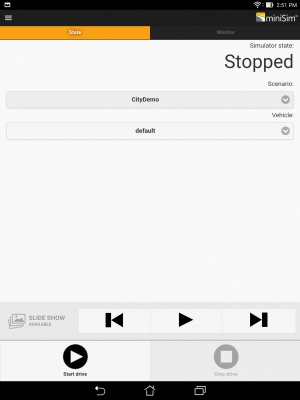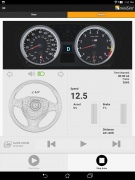Socket Control
Contents
Introduction
The miniSim Socket Control (MSC) framework allows for communication between miniSim software, the host system, and any number of display or control surfaces. In it's current incarnation it can do any number of tasks: control miniSim state, monitor real-time miniSim output, manipulate system files, manage system power/tasks/state, and many others.
How does it work?
MSC is a script built using Node.js. It establishes an Express web server, then uses Socket.IO to manage connections to different control and/or display surfaces. Because display and control surfaces are coded as web pages served up by the Express server, MSC creates a device-agnostic ecosystem, where any number of devices on any combination of platforms can participate (assuming they support a semi-modern browser).
This means that you can potentially use
In it's current incarnation, the main framework includes a mobile control surface for the miniSim, addressable through any common network interface of the miniSim host.
Mobile Control Surface
The Mobile Control Surface is the first application to take advantage of the Socket Control system. It's coded in standard HTML5 markup, using the jQuery Mobile framework. Through it's use, any device with a modern browser can control and monitor a miniSim system.
miniSim Operational Control
The following miniSim functions are currently covered:
- Launching the miniSim executable
- Select scenario
- Select vehicle
- Play / control slides
- Start / stop simulation
- Closing miniSim executable
Additionally, the sim
- Real-time driver gauge monitor
- Video monitoring (currently in beta)
System Control
Outside of controlling the miniSim software, the host script can also accomplish system functions including:
- Shutting down the system
- (...)


